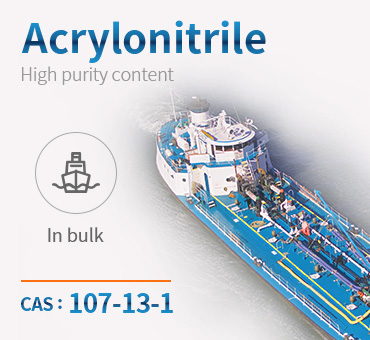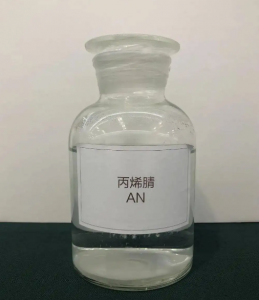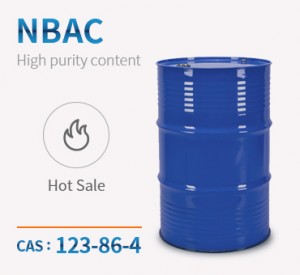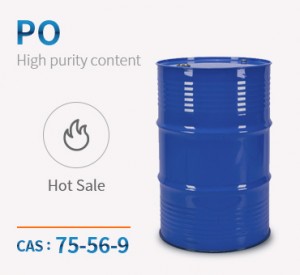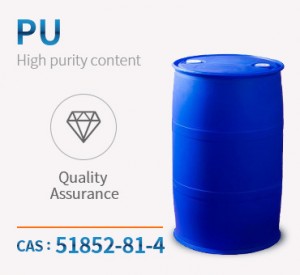Product Name: Acrylonitrile
Molecular format: C3H3N
CAS No.: 107-13-1
Product molecular structure:

Specification:
|
Item |
Unit |
Value |
|
Purity |
% |
99.9 min |
|
Color |
Pt/Co |
5max |
|
Acid value (as acetate acid) |
Ppm |
20max |
|
Appearance |
- |
Transparent liquid without suspended solids |
Chemical Properties:
Acrylonitrile, an organic compound with the chemical formula C3H3N, is a colorless liquid with irritating odor, flammable, its vapor and air can form explosive mixtures, easy to cause combustion when exposed to open flame and high heat, and emits toxic gases, reacts violently with oxidizers, strong acids, strong bases, amines, and bromine
Application:
Acrylonitrile is used in the production of acrylic fibers, resins, and surface coating; as an intermediate in the production of pharmaceuticals and dyes; as a polymer modifier; and as a fumigant. It may occur in fire-effluent gases because of pyrolyses of polyacrylonitrile materials. Acrylonitrile was found to be released from the acrylonitrile–styrene copolymer and acrylonitrile–styrene–butadiene copolymer bottles when these bottles were filled with food-simulating solvents such as water, 4% acetic acid, 20% ethanol, and heptane and stored for 10 days to 5 months (Nakazawa et al. 1984). The release was greater with increasing temperature and was attributable to the residual acrylonitrile monomer in the polymeric materials.
Acrylonitrile is a raw material used for synthesis of many synthetic fibers such as Dralon and acrylic fibers. It is also used as an insecticide.
Manufacture of acrylic fibers. In the plastics, surface coatings, and adhesives industries. As a chemical intermediate in the synthesis of antioxidants, pharmaceuticals, dyes, surface-active agents, etc. In organic synthesis to introduce a cyanoethyl group. As a modifier for natural polymers. As a pesticide fumigant for stored grain. Experimentally to induce adrenal hemorrhagic necrosis in rats.
Products categories
-

Phone
-

E-mail
-

Whatsapp
-

Top

